
Stepping back to look at the retail landscape reveals major shifts. Shopping as we knew it has changed profoundly lately. The buzz isn’t always about new store openings—sometimes retailers face intense pressure, forcing them to make tough calls to recalibrate strategies quickly. Navigating current economic currents is clearly their goal, and this filters down to main streets and shopping centers, affecting where people can shop and what’s affordable.
Among companies facing these challenges, Big Lots has found itself in the spotlight. Known for its mix of furniture and home goods, this chain has long offered value to shoppers. But behind the familiar aisles, financial turbulence has hit hard: dramatic actions became necessary, signaling both struggle and attempts at survival.
Understanding Big Lots requires looking beyond its in-store experience. Underlying economic forces have driven key business decisions: mounting debt, declining sales, strategic downsizing, the start of a complex bankruptcy process, and ongoing asset sales. What follows takes a closer look at the specific challenges Big Lots has faced, as well as the initial steps it has taken to find a sustainable path forward.
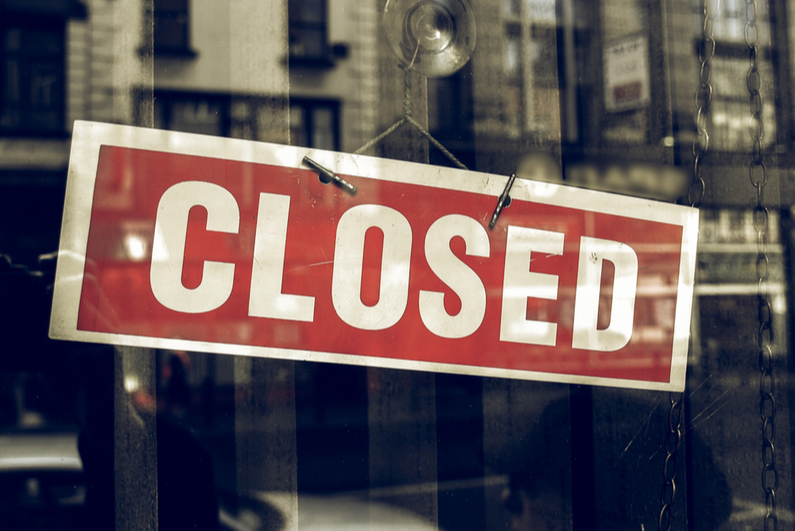
1. **Big Lots Facing Tough Decisions and Downsizing** : These steps became necessary as the retail downturn claimed victims—and Big Lots is among them. Tough decisions had to be made. While the company is a major player in home goods, it isn’t vanishing entirely; instead, underperforming locations are closing their doors. This isn’t just a few stores—it’s a plan to cut losses in a market that remains extremely tough for retailers.
This downsizing represents a significant shift for the company. A bankruptcy filing late last year forced the action, and store shutdowns began soon after. Staying afloat is the clear goal in a retail environment that remains highly competitive and difficult. This is described as a serious strategic maneuver: reducing size and scope helps ensure survival.
Big Lots is undergoing a transformation. The need to close struggling locations reflects the pressure it faces. Shedding less profitable business segments appears to help; the company hopes to emerge leaner, more efficient, and better positioned to compete in the retail battlefield ahead.
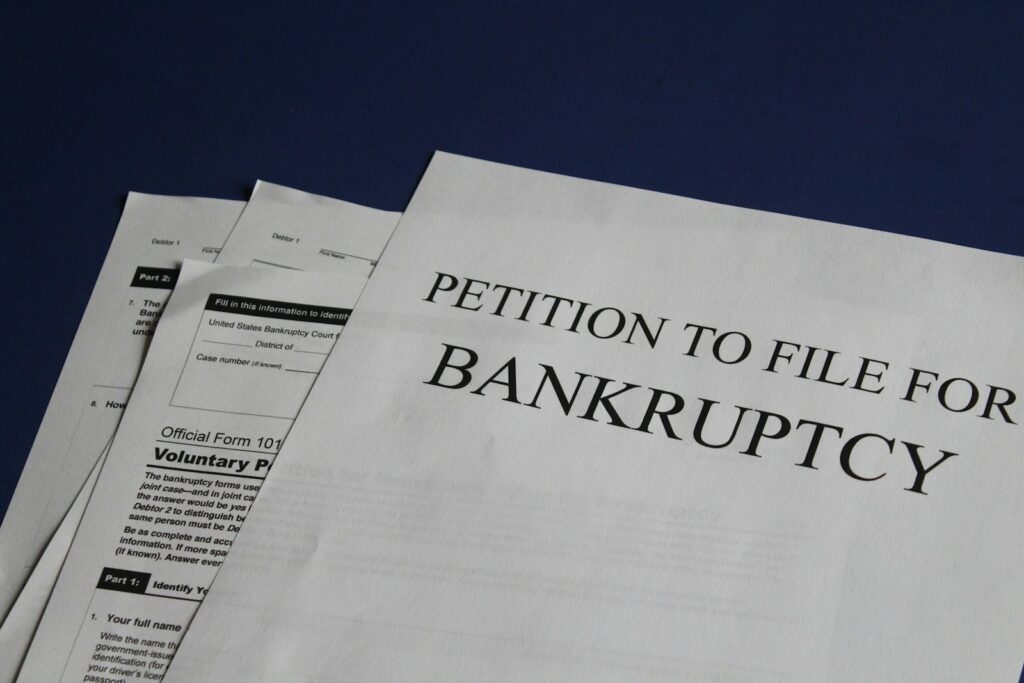
2. **Filing for Chapter 11 Bankruptcy**: This was a pivotal moment, though it isn’t an end-of-the-road scenario. Chapter 11 allows a company to reorganize its debts while continuing operations—and Big Lots was forced to take this step late last year, as mounting financial troubles became too significant to handle.
The filing itself signals that problems were severe: it’s a formal legal process through which the company works through its financial obligations. A court-approved plan often helps repay creditors, and restructuring the business is a possibility. This step was a response to a deep financial hole.
Through the Chapter 11 process, Big Lots appears to have gained the protection it needed, allowing its downsizing strategy to be implemented. Other measures to stabilize the business also began, providing a framework for addressing large amounts of debt. The company identified viable parts of the business to preserve for the future.
Read more about: The Retail Reckoning: How America’s Store Closures Reveal a Changing Consumer Landscape
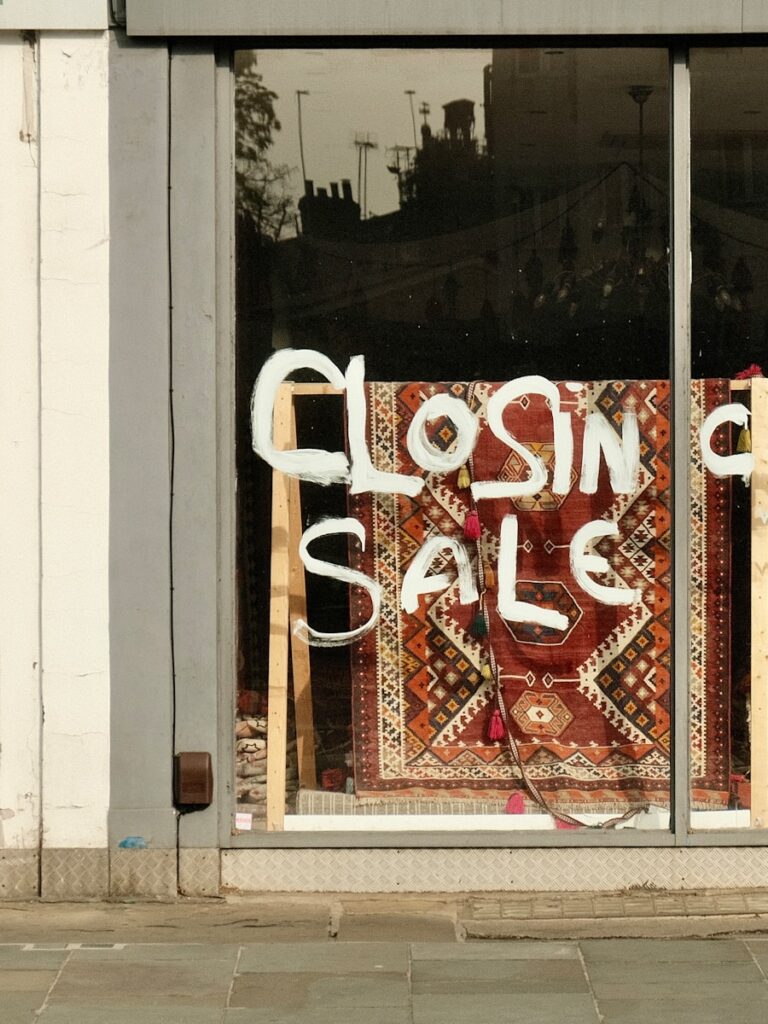
3. **The Staggering Debt Burden** : Reports revealed a truly shocking scale of debt: following the bankruptcy filing, $3.1 billion in owed funds was disclosed. This is a significant figure for any retailer, representing a crushing burden for the company—compounded by rapidly declining sales.
The context further highlights the complexity of the debt: it was owed to a vast number of creditors, estimated at between 5,000 and 10,000 different parties. Managing obligations to such a large, diverse group is inherently complex, even before factoring in falling revenues and store closures.
This enormous debt load plainly drove the bankruptcy filing, triggering the subsequent need for drastic measures: widespread store closures and asset sales became necessary, as the financial structure was entirely unsustainable. That $3.1 billion figure is key to understanding the company’s struggles.

4. **The Drop in Sales Figures** : This added further woes, as a troubling decline in sales became apparent quickly. Between 2023 and 2024, sales dropped by $114.5 million—a significant hit for a company already burdened by debt, straining its revenue and severely impacting profitability.
The sales drop is indeed deeply troubling. Reduced customer spending and shifts in purchasing habits directly undermined the retailer’s ability to generate the income needed for operating costs and debt payments. This $114.5 million decline was no minor dip; it represented a substantial contraction in business activity.
The bankruptcy filing explicitly attributed these challenges to macroeconomic factors, specifically elevated inflation, which significantly eroded customer buying power. External economic pressures, combined with high debt and falling sales, quickly created a precarious situation—one that necessitated the strategic changes now underway at Big Lots.
Read more about: San Francisco’s Downtown Dilemma: Record Office Vacancies and a Retail Exodus

5. **The Role of Gordon Brothers Retail Partners**: This was a key part of the process: Big Lots hired specialized help to navigate downsizing, enlisting the services of Boston-based asset liquidation firm Gordon Brothers. Such firms are experts in managing wind-down operations—selling off assets, handling leases during restructuring, and more.
Gordon Brothers’ involvement shows Big Lots isn’t making these decisions alone. It is working with a professional firm whose experts have experience maximizing value during financial distress. This partnership is crucial for properly implementing the downsizing strategy, as bankruptcy proceedings legally require such specialized assistance.
Specifically, Gordon Brothers managed store sales and leases effectively. Their market expertise helps sell properties and find new occupants or buyers—steps that reduce the company’s physical footprint and quickly cut liabilities.
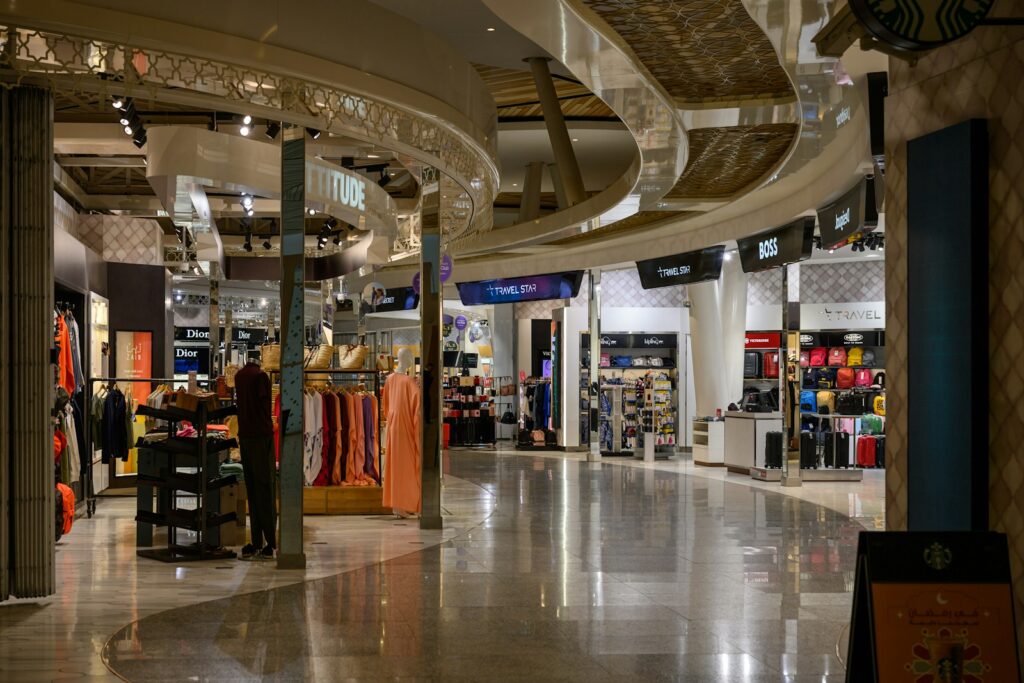
6. **Listing Hundreds of Leases for Sale**: Big Lots also put a significant number of its store leases up for sale, with Gordon Brothers making public lists available. Initially titled “Phase 1,” these listings were later expanded with Phase 2, adding nearly 150 new stores.
The sheer number of leases underscores the scale of the planned reduction in physical presence: over 600 Big Lots leases were for sale nationwide, covering practically all 47 U.S. states. This widespread shedding of locations reflects a major downsizing effort.
The offerings included various store sizes, ranging from 18,963 to 58,433 square feet, with most located in shopping centers. Offers were due by February 17—a timeline that indicates efforts to move properties quickly, allowing Big Lots to exit lease obligations and reduce its footprint.

7. **Conducting “Going Out of Business” Sales**: This was a visible sign of the company’s struggles and downsizing efforts, involving store-wide markdowns with steep discounts—often 50% to 80% off. Such sales are common when a retailer closes locations permanently.
In the context of bankruptcy, these sales serve a specific purpose: according to sources, they began in December to protect the value of Big Lots’ estate. Selling off inventory converts stock into quick cash, which is essential for managing finances during bankruptcy and could potentially help repay creditors.
CEO Bruce Thorn’s statement further clarified the situation: while the company initially hoped for an alternative transaction to keep more stores operating as a going concern, it made the difficult decision to launch the “Going Out of Business” (GOB) process. This step was necessary to unlock the value tied up in inventory, as a full sale of the operating business did not materialize quickly enough. The deep discounts at closing stores are a consequence of this pressure, marking the final chapter for hundreds of locations across the country.
Big Lots has navigated bankruptcy and closed many stores, but it is now seeking a fresh start. Other companies have purchased the remaining stores, recognizing their value, and plan to reopen many of them. This next phase reflects both the enduring strength of the brand and shifting shopping habits in the tough discount retail market.
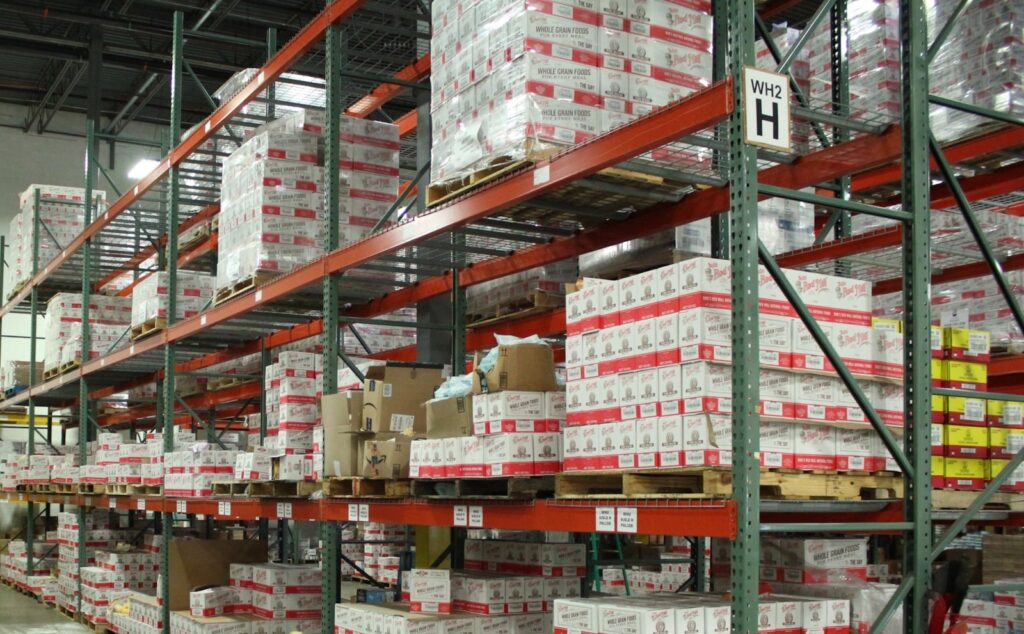
8. **Variety Wholesalers Steps In to Resurrect the Brand**
Financial problems caused Big Lots to close many places. But a lifeline arrived for part of the stores. Gordon Brothers helped make a deal happen. A lot of stores would keep running this way. This avoided total closure for many locations now.
It brought a partial revival for the chain finally. Variety Wholesalers bought 219 stores plus two centers. This company is based in Henderson, North Carolina. Buying them meant the Big Lots name wouldn’t vanish. That familiar sign would still be seen by folks.
Variety Wholesalers knows the discount world very well. They run over 400 stores mostly in the South. Their stores include Roses and Bargain Town for example. This background means they can use the new Big Lots. They might fit them into their existing store group. They think some Big Lots stores still have potential. This is despite Big Lots having recent troubles before.

9. **Reopening Big Lots Stores Under New Management**
Variety Wholesalers took charge of these new stores now. They quickly began thinking about opening again finally. The focus went from closing doors to reopening them pronto. A plan started for bringing these places back to life too. It signaled the brand was coming back in some areas.
This strategy used different steps over time for folks. Getting stores ready for shoppers took planning, yes. The first reopenings happened April 10th as scheduled. Nine Big Lots locations opened in six states then. States included Kentucky, Louisiana, and also Virginia.
This first step tested how things would go overall. It was the official handover of operations for those places. A much bigger wave was planned for May later. May 1st had stores set to open in twelve states. States like Alabama, Georgia, and Ohio were included then.
April 28th they said 132 stores would open in May. This was happening in fourteen states now including Florida. Five specific Florida spots were reopening that month also. Crystal River, Jacksonville, Marianna got ready again. Ormond Beach and Panama City also planned to open too. It shows how far Variety’s plan is reaching folks.
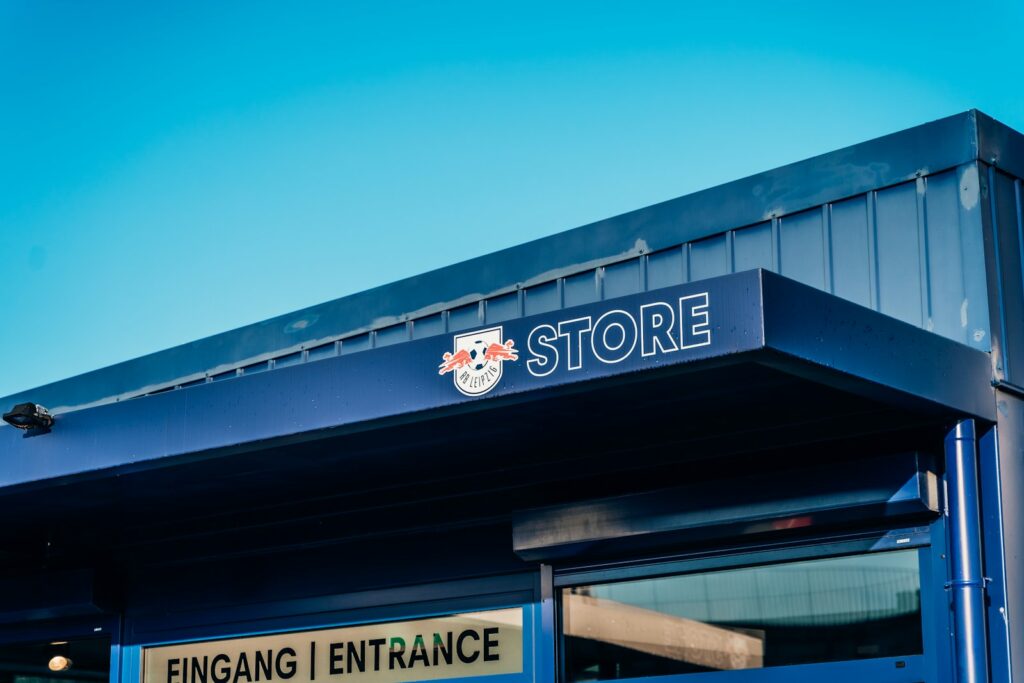
10. **Ollie’s Bargain Outlet Also Acquires Big Lots Locations**
Variety Wholesalers wasn’t the only buyer of these stores. Other discount retailers also wanted parts of Big Lots. Ollie’s Bargain Outlet saw an opportunity amid the closures. Acquiring these stores complicated Big Lots’ situation, revealing that rivals now recognized value in Big Lots’ locations.
Ollie’s announced in March that it would purchase 40 stores. As you know, the company is based in Harrisburg, Pennsylvania. This move expanded Ollie’s national presence, with former Big Lots locations finally joining its growing chain. Gordon Brothers also handled the sale of these store locations.
Ollie’s stated that it acquired a total of 63 existing leases from the struggling Big Lots chain. Specifically, among the stores Ollie’s acquired were three in Florida: one in Brooksville on Cortez Boulevard, another in Land O’Lakes on Land O’Lakes Boulevard, and a third in New Smyrna Beach on State Road 44. This shows both companies sought locations in Florida.
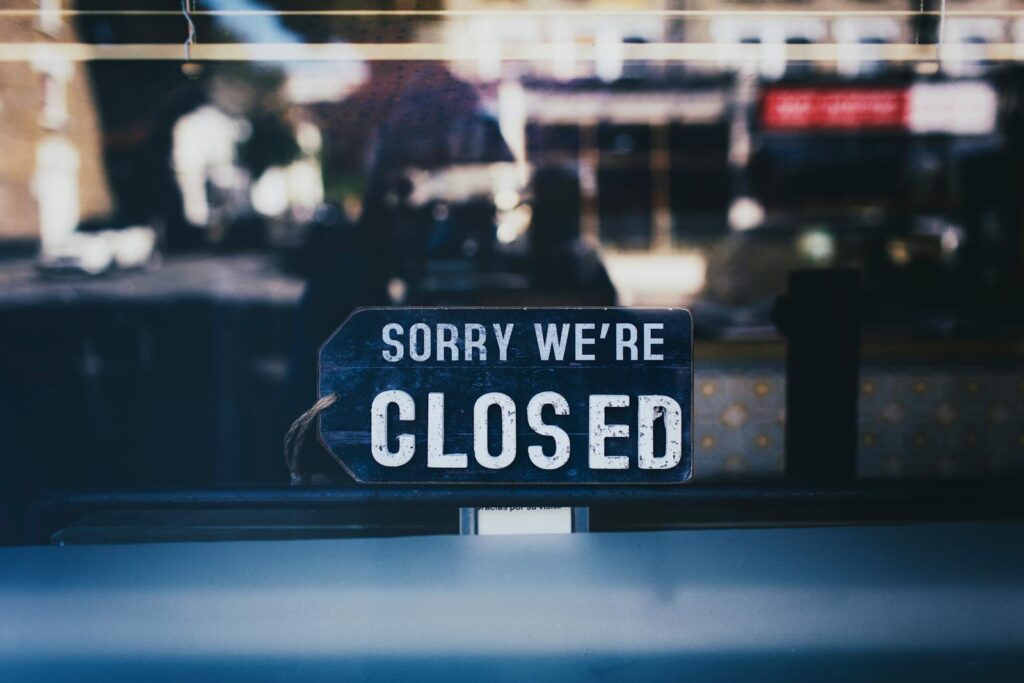
11. **Discount Retailers Face Disproportionate Pressure**
The retail problem is everywhere but hits discount stores hardest. This includes the market sector where Big Lots does business too. Money troubles, like high inflation, hurt people’s wallets, yes. Big Lots noted this in their bankruptcy paperwork filed. This means value shopping is more key for folks now.
But it also stresses the discount store business model alot. Dollar General, another big discount chain, plans cuts too. They will close 141 stores in the first quarter of 2025. This includes 96 Dollar General and 45 Popshelf places now. The CEO said this strengthens their business foundation good. This is less than one percent of their huge total stores.
They also plan closing 370 Family Dollar stores eventually. And 30 Dollar Tree stores over several years too. This happens as store leases finish up for them. An expert named John Mercer talked about all these closings. He said it made customers more careful about spending.
People with less income got hit hardest by this trend. Discount stores like Big Lots felt this impact most. Poor sales figures affected them disproportionately overall maybe.

12. **The Socio-Economic Impact of Discount Store Closures**
Stores like Big Lots closing affects more than just company money. It has consequences going far beyond that for folks. These stores matter a lot in their local communities, yes. They are important for some groups of people the most. When they disappear, residents can face real challenges now.
Dominick Miserandino warned closures had big effects overall. He said Dollar General is super important for sure. For many families with less income, it is vital. It’s a key source for things they need affordably. This view shows discount stores fill a main need. They give access to low-cost items for everyone around.
Mr. Miserandino explained closings leave a hard-to-fill void. This empty space hurts shoppers who need them most. It can impact people from all money situations too. The trend shows we need fixing economic differences greatly. Some people are vulnerable when stores they can use vanish. Troubles in discount stores hit communities that rely on them. This has a real social and money impact for sure.
The Big Lots story shows the tough retail world now. Parts of the stores just had to close, that is true. But Variety Wholesalers and Ollie’s buying them shows something. Opportunity can still be found even when things are bad.
New owners are bringing old places back to life currently. The bigger retail picture keeps changing all the time. The story is about changing, surviving, and value still. People always need good deals when shopping for sure. This keeps discount stores important even in hard times now.

:max_bytes(150000):strip_icc():focal(749x0:751x2)/martha-stewart-amazon-trousers-032824-379d8f3e0e1c4c37a404fda730ba79cb.jpg)

